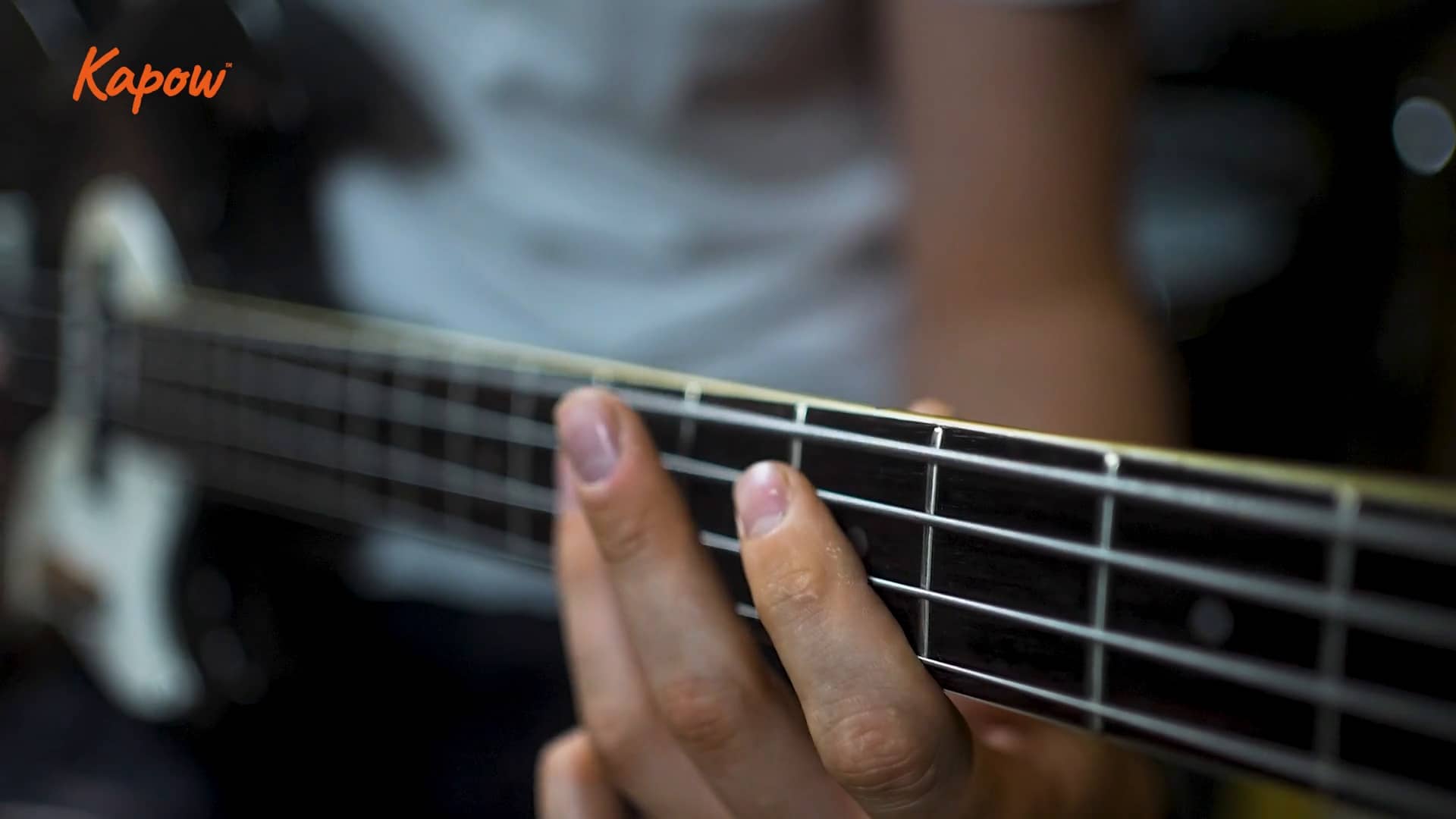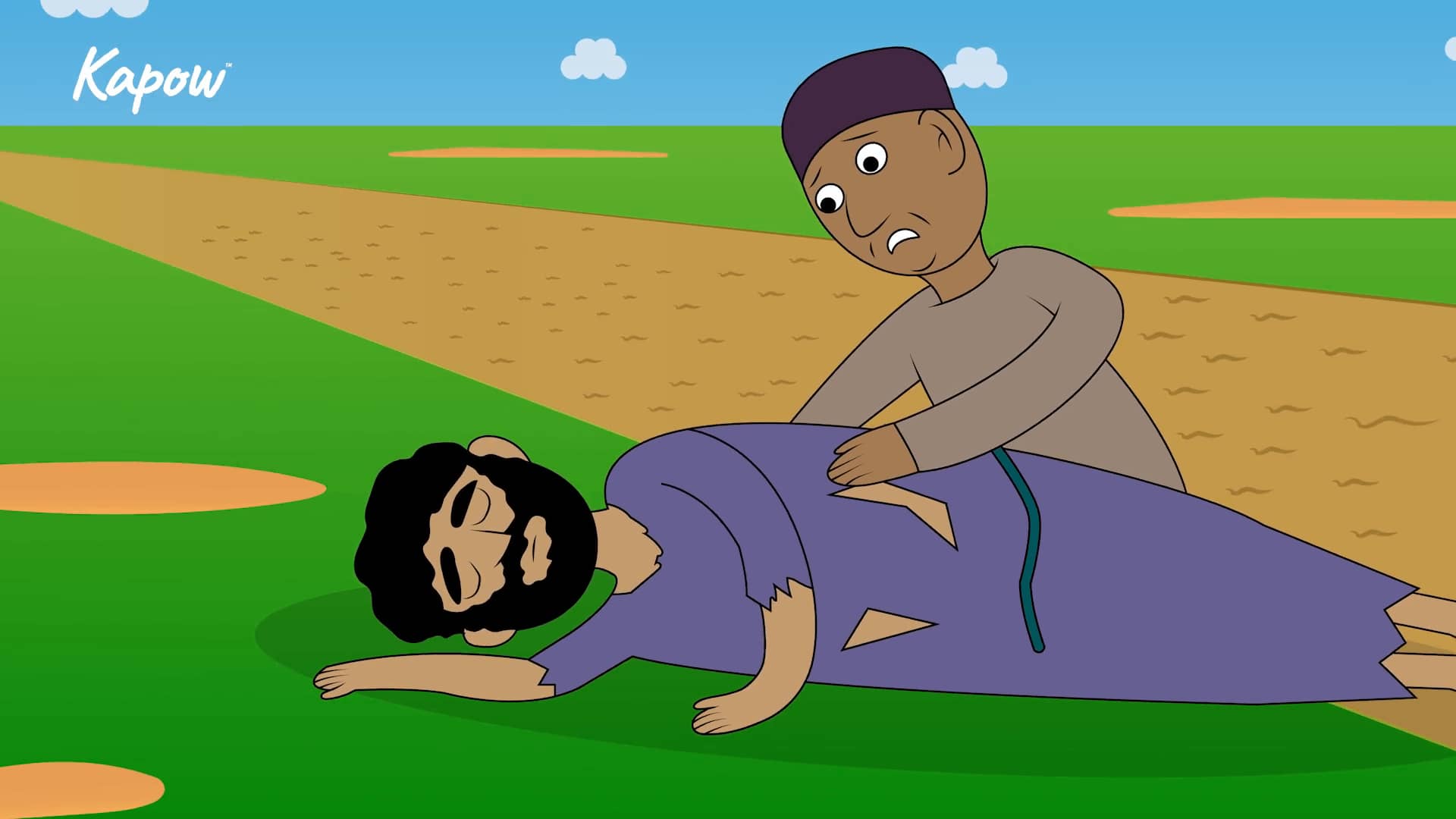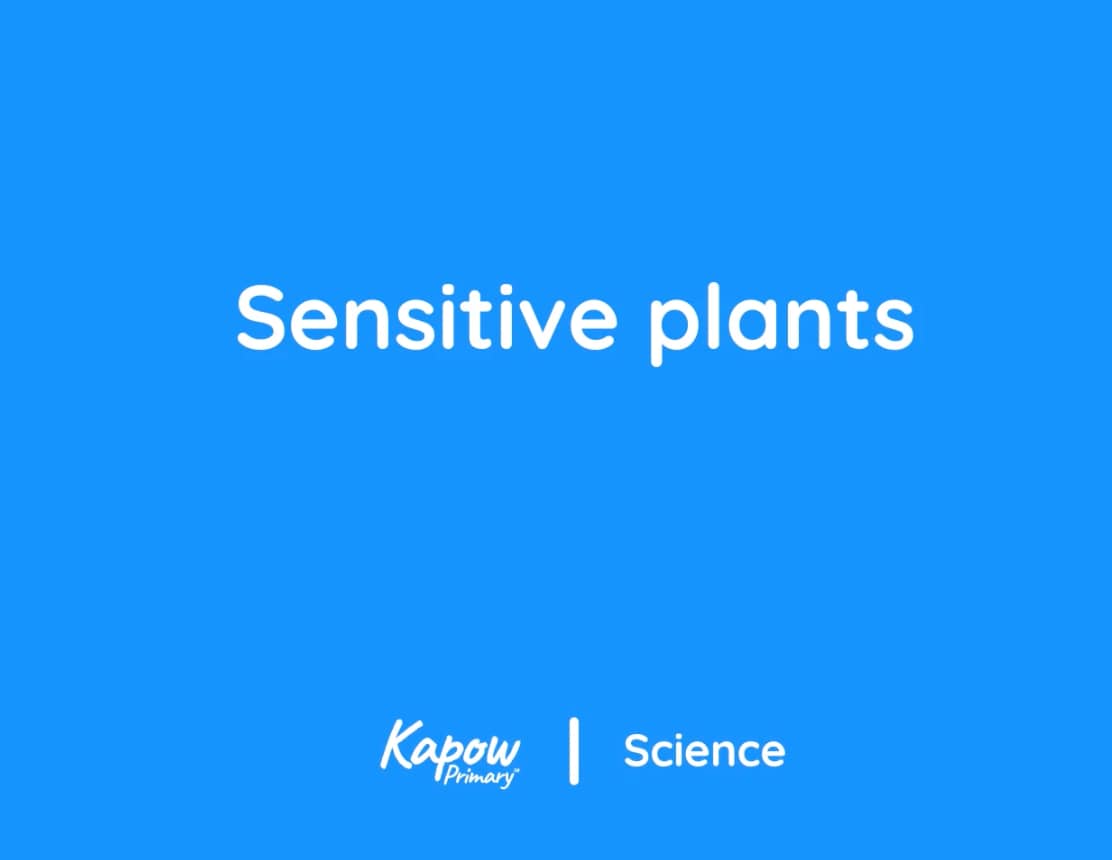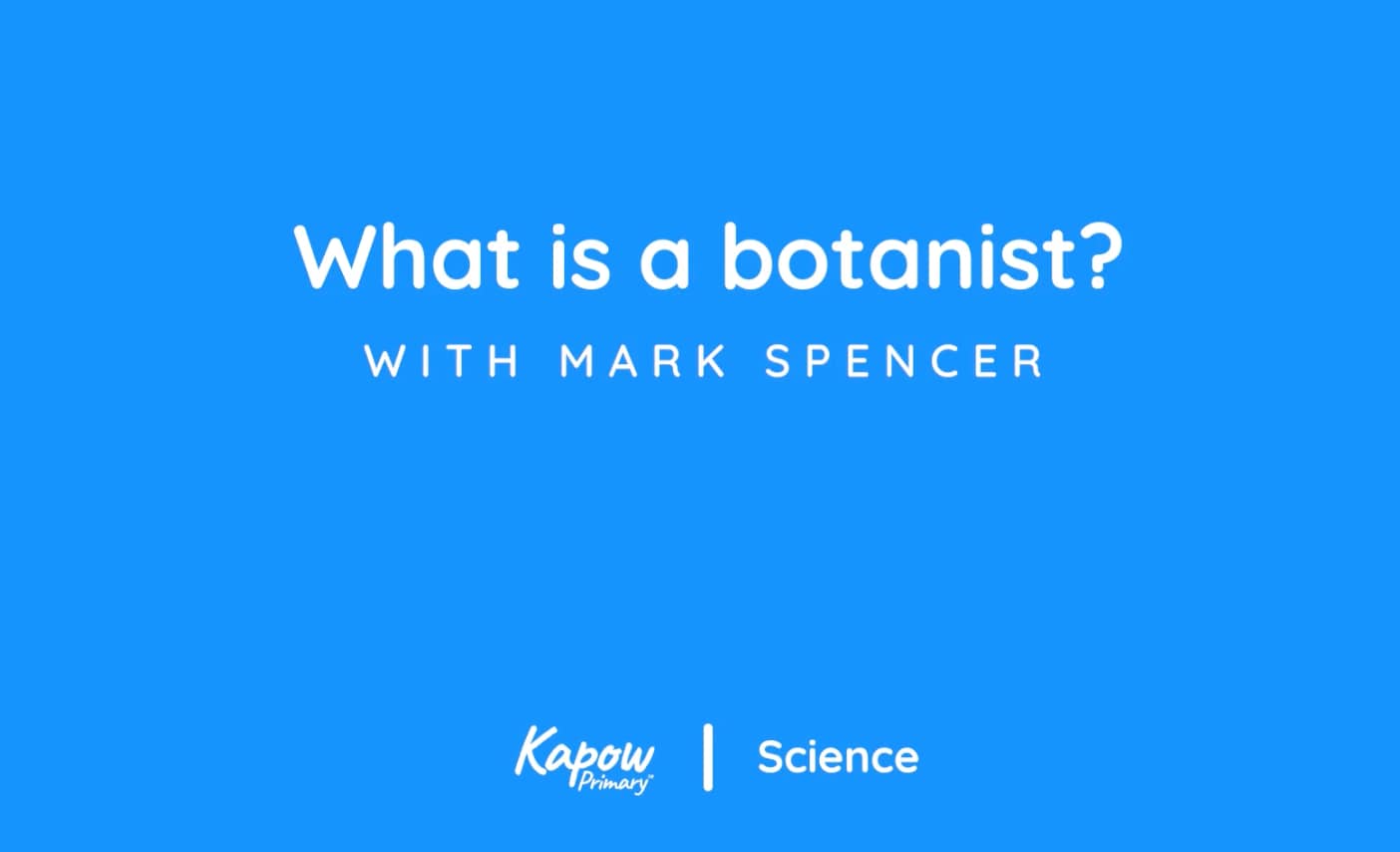year: Year 2
Pupil video: Stories about caring
Pupil video: Sensitive plants
Pupil video: Woodland habitats
This Kapow pupil video is part of the Kapow Science scheme of work. In this video, you’ll explore the woodland habitat and discover the plants and animals that live there
Teacher video: Scientific enquiry types
This Science video introduces teachers to the five main types of scientific inquiry and how they support pupils in developing the skills to ask and answer questions about the world around them. It explains how pupils can identify the most suitable approach for their question – whether sorting and classifying, observing over time, pattern seeking, carrying out a comparative or fair test, or researching using secondary sources – and how these methods build confidence in scientific thinking.
Pupil video: Parts of a bike
This Kapow pupil video is part of the Kapow Science scheme of work. Can you ride a bike? It’s great fun to cycle through the countryside, but have you ever wondered what materials bikes are made from – and why? Each part of a bike is made from a material chosen for its special properties.









